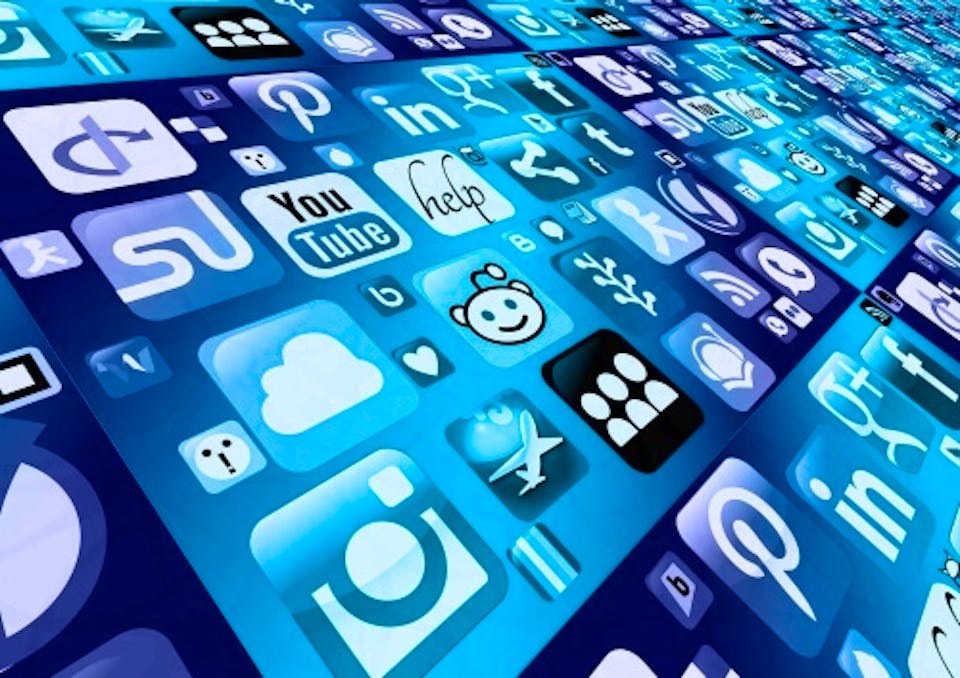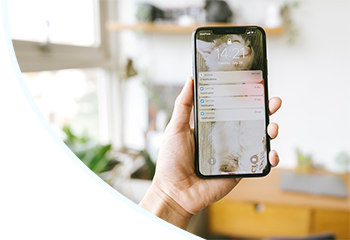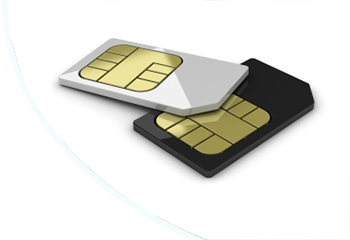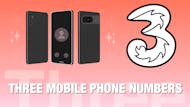Exceeding your data allowance because you’ve been enjoying a little too much streaming or gaming is always frustrating, but it’s even more annoying when it happens unexpectedly and you can’t work out what’s eaten it all up.
Within this guide, we’ll show you how much data the most common smartphone activities use and share some tips to help you save data on both iOS and Android so you don’t have to keep paying for extra every month.
What is mobile data?
Mobile data is data that’s transferred to your smartphone via your provider’s network and is what enables you to access the internet away from a wifi connection anywhere you can receive either a 3G or 4G signal.
EE, Vodafone, O2 and the like thankfully all have upwards of 98% coverage for both the 3G and 4G standard across the whole of the UK so even if you live in quite a remote, rural location you shouldn’t have any real issue with getting online using mobile data.
As part of either your SIM Only, pay-as-you-go or pay monthly smartphone deal you’ll receive a certain amount of data to use which is known as your allowance. You’ll be charged if you exceed this limit, but exactly how much will vary from provider to provider.
What uses the most data?
Video streaming in a high-quality format like HD or 4K is one of the activities which uses up the most amount of data. Netflix for example, uses around 3GB of data per hour for HD streaming and up to a staggering 7GB of data per hour for glossy 4K streaming.
Depending on how big the files size is, uploading and downloading content to the internet could potentially take quite a chunk out of your data as could streaming music. One song will only use around 320kbps of data but that could easily mount up over the course of a commute or party.
Online gaming surprisingly doesn’t actually require that much data, Fornite mobile only requires around 50Mb to 60Mb an hour for example, but downloadable updates and patches to fix certain in-game elements can.
How much data does YouTube use?
Streaming a YouTube video will use around 4MB of data a minute in 480p SD and 12.4MB of data a minute in 1080p HD which adds up to 240MB and 750MB of data per hour respectively.
YouTube will automatically play its videos in a lower standard if it detects your on a slower connection or you can manually adjust them yourself to save data by clicking on the settings wheel in the bottom right and selecting quality.
How much data does Snapchat use?
You’ll typically use around 30kb to 50kb of data every time you send or recieve a picture on Snapchat along with roughly 2MB to send a ten second video, about 900kb to view that video and up to 20KB to send a message.
Their Stories and Discovery features, the latter allowing your friends to post a collection of snaps and the former seeing major news outlets like Vice and the Daily Mail doing the same, can use up a large amount of data (reportedly up to a couple of GBs a month) because they’re working to constantly refresh themselves in the background.
How much data does Twitter use?
Posting a single tweet will only use up a few KBs of data which is an incredibly small fraction of your overall allowance.
As with rival Facebook, often what uses the most data on Twitter is videos which automatically start to play as you scroll down your feed. Stop this happening by turning on Data Saver mode under settings and privacy which will also cause photos to load at a lower quality in a bid to save you data.
How to check data usage on your iPhone
Open up the Settings app, tap Mobile Data and then scroll down to see a list of all of the apps you’ve currently got downloaded on your smartphone and how much data they’ve used up to that point.
If you feel like a particular app is using too much data, simply swipe the green slider to the left of it off which will prevent it from eating up anymore.
How to save data on your iPhone
One way to save data on your iPhone is to stop your apps refreshing themselves in the background. Head into the settings app, tap the general heading and then background app refresh where you can set it so that they’ll only bring in new content while on wifi.
It’s also a good idea to set both the iCloud and the Itunes app store to only sync and update your apps while you’re connected to wifi.
For the former, enter the settings app, select your name at the top of the screen and scroll until you see iCloud Drive and swipe its green slider off. For the latter, select the Itunes and App stores inside the settings app and ensure the green slider next to updates is switched off.
Wifi assist can be a handy feature if you’ve got an unlimited data package but otherwise it could be eating up quite a bit of your allowance. To turn it off, open up the settings app, select mobile data, scroll to the bottom of the page and swipe the green slider off.
How to check data usage on Android
Navigate to your settings app on your Android device’s home screen and tap data usage which will take you through to a screen with a graph charting your data usage for the past month and further down exactly how much each of your apps has used.
As with iOS, select an app on this page and you’ll be presented with the option to restrict background data so it’ll only refresh itself when you’re connected to wifi.
How to save data on Android
Save data on your Android device by enabling Data Saver which you’ll find in the settings app under data usage. It stops those apps you’ve got running in the background from consuming any data and limits any you’ve got open from using quite as much as they normally would by, for example, not automatically loading pictures on social media.
Conveniently, there’s also a Data Saver feature installed in Chrome for Android which can significantly reduce the amount you use to surf the web. Open Chrome, press the three dots in the upper right corner, tap settings, scroll down to the advanced heading where you should see the option to turn Data Saver on.
Alternatively, you can set up a data usage limit so you don’t have to worry about accidentally continuing to use your data allowance after you’ve exceeded it by heading into the settings app and tapping the data usage heading.
You should see the amount of data you’ve so far displayed in a graph and be able to manually drag the top axis of the graph down to set a usage limit. Once you’ve reached this limit, you’ll automatically be prevented from using anymore data unless you reset it.
What does data roaming mean?
Data roaming is when you use your smartphone to access the internet while abroad.
You’re using a network that’s different to the one you originally signed up to so you’ll be charged significantly more for data. The EU passed a law back in June 2017 which abolished all data roaming charges throughout its 28 member countries but further afield, they’re unfortunatly still applicable.
The majority of UK providers however do offer add-ons, like Three’s Go Roam and Vodafone’s Roam-Further, which allow you to enjoy unlimited use of the internet outside the EU for a small fee each day so you’re not racking up huge costs.
How to check your remaining data
You can check your your remaining data through either your provider’s app or logging into your account on their website.
These easy to navigate apps, which are free to download and available on both iOS and Android, are a wonderfully simple way to not only keep track of data usage but also pay bills and upgrade your plan.










